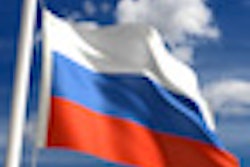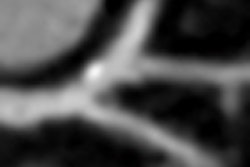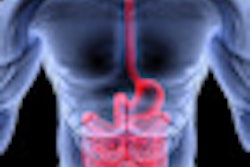Dear AuntMinnieEurope Member,
Rapid progress is being made in Russia. Over the past decade, the number of vascular interventions and MR studies has increased tenfold, CT has quadrupled, and x-ray and ultrasound have grown by around 10% a year. Now the emphasis is on improving training and education.
Developments in this vast country will have huge ramifications for the rest of Europe over the coming years. To find out more, we spoke with Dr. Igor Tyurin, chief expert in radiology for the Ministry of Health. Get the story here.
Enterprise vendor-neutral archiving (VNA) holds great promise for the future, and can help address some of the shortcomings of PACS, according to columnist Dr. Neelam Dugar. Go to our PACS Digital Community, or click here.
The 98th annual RSNA meeting begins on 25 November, but plans are already under way to celebrate the congress' centenary. The shrewd observer Otha Linton discusses the early days of the society and considers its future plans. Click here to learn more.
Also, our sister site AuntMinnie.com has published more preview articles about the upcoming meeting in its special Road to RSNA section. Click here to get the details on what will be hot in Chicago, and check back before and during the event for our in-depth coverage.
The final imaging statistics from the London Olympics were revealed on 8 November at a special event designed to coincide with the International Day of Radiology. They make fascinating reading. More than 2,300 scans were acquired during the games, and the knee was the most examined body part. Visit our MRI Digital Community, or click here.
MRI is a great tool for evaluating Crohn's disease activity and complications, and is useful for assessing the extent and severity of the disease. Click here for some tips and tricks.
German and U.S. reseachers have found that a new reconstruction algorithm increases the accuracy and performance of dual-source CT angiography by raising the temporal resolution of images acquired at slow gantry rotation speeds, making it suitable for obese patients. Go to our Cardiac Digital Community, or click here.




















